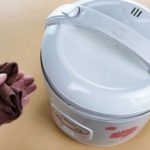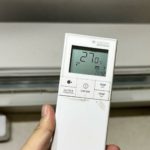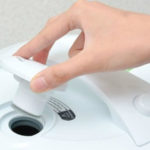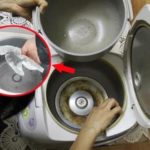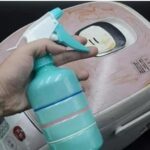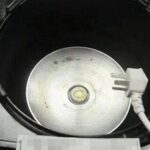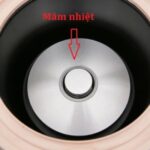Did you know that proper cleaning of your water boiler and rice cooker can help you save a significant amount of money? Bach Hoa XANH is here to guide you through the correct cleaning process and help you extend the lifespan of these essential appliances.
1 Water Boiler Cleaning Tips
Is your water boiler acting up, with the indicator light refusing to turn on and the water not boiling? Before assuming that it’s broken, check the connection point between the boiler’s base and body. This connection is made through copper plates, and you’ll typically find two of them in the middle of the base. Over time, these copper plates can become deformed, leading to poor contact and causing the issues you’re experiencing.
To fix this, grab a screwdriver and carefully adjust the copper plates, bending them back into their original shape. Once restored, your water boiler should function normally again, and you’ll have saved yourself the cost of a new one!
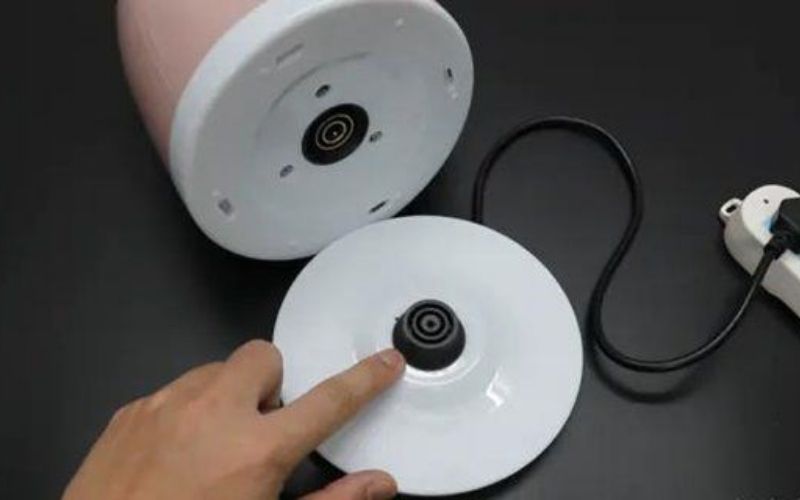
Image showing the connection point between the boiler’s base and body, with the copper plates in the middle
2 Rice Cooker Cleaning Advice
Rice cookers are used daily, and proper cleaning is essential to maintain their functionality and efficiency. Neglecting to clean your rice cooker properly can lead to increased electricity consumption and premature malfunction. Additionally, incorrect cleaning methods can cause damage and electrical shorts, resulting in unnecessary expenses.
One area that is often overlooked when cleaning a rice cooker is the steam vent. This component serves the dual purpose of catching overflowing rice foam during cooking and releasing excess steam. Over time, it can become caked with grime and develop unsightly yellow stains.
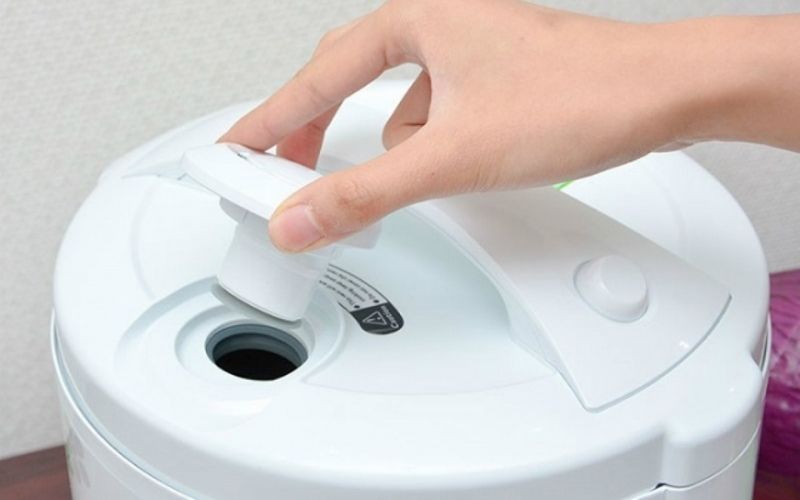
Image showing the steam vent of a rice cooker, which tends to get dirty and bacteria-prone
To clean the steam vent effectively, simply detach it from the rice cooker, rinse it with clean water, dry it thoroughly, and then reassemble it. It’s as easy as that!

Image demonstrating the process of cleaning the steam vent: detaching, rinsing, drying, and reassembling
We hope that with these tips, you can effectively clean your rice cooker and water boiler, thereby saving electricity and prolonging the lifespan of these essential appliances. Happy cleaning and good luck!
The Magic of Three: A Guide to Saving on Your Electricity Bill
The rice cooker needs to be regularly cleaned and maintained; otherwise, it will become a dirty, smelly, and costly appliance. Over time, burnt rice and residue can build up, causing an unpleasant odor and even increasing your electricity bills. Regular cleaning is essential to keep your rice cooker in top condition and ensure your meals are always tasty and healthy.
“Is Your Rice Cooker Ruining Your Rice? Check This Part to Improve Your Cooking Game”
The heating element, also known as the “hotplate” or “heating coil,” is a crucial component of your rice cooker, responsible for generating the heat that cooks your rice perfectly. It’s similar in function to an electric stove, but designed specifically for your rice cooker, ensuring even and efficient heating for that perfect batch of fluffy rice every time.

























